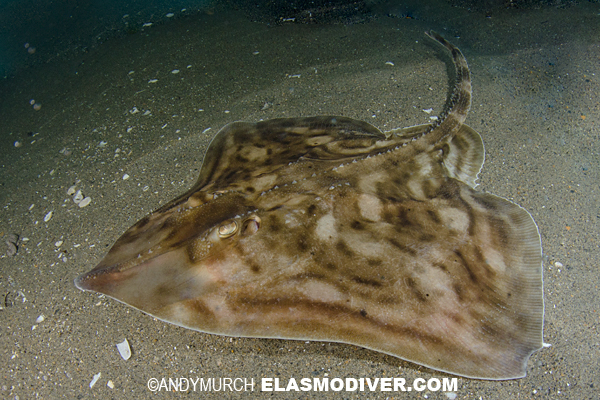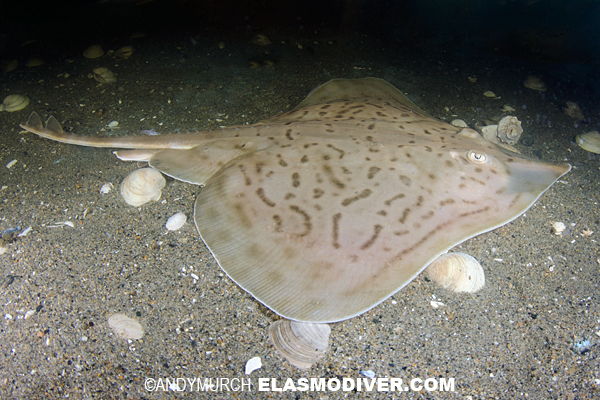|
|
|
SHARK INFO |
|
SHARK |
|
SHARK EVOLUTION |
|
|
|
SHARK DIVING |
|
SHARK DIVING 101 |
|
|
|
CONSERVATION |
|
|
|
PHOTOGRAPHY |
|
SHARK PHOTO TIPS |
|
|
|
RESOURCES |
|
|
|
WEB STUFF |
|
WHAT IS ELASMODIVER? Not just a huge collection of Shark Pictures: Elasmodiver.com contains images of sharks, skates, rays, and a few chimaera's from around the world. Elasmodiver began as a simple web based shark field guide to help divers find the best places to encounter the different species of sharks and rays that live in shallow water but it has slowly evolved into a much larger project containing information on all aspects of shark diving and shark photography. There are now more than 10,000 shark pictures and sections on shark evolution, biology, and conservation. There is a large library of reviewed shark books, a constantly updated shark taxonomy page, a monster list of shark links, and deeper in the site there are numerous articles and stories about shark encounters. Elasmodiver is now so difficult to check for updates, that new information and pictures are listed on an Elasmodiver Updates Page that can be accessed here:
|
|
_ |
CLEARNOSE SKATE |
|
More Clearnose Skate Images in the Shark and Ray Picture Database Clearnose Skate Latin Name: Raja eglanteria Family: Rajidae Identification: Dorsum grey/tan or mottled tan and brown with irregular dark spots and lines. Ventrum pale. Anterior margin of disc straight with slight concavity. Rear margin of body disc rounded. Snout angular with translucent patches on each side of central ridge. Row of thorns on dorsal ridge from behind eyes to dorsal fins. Tail with two relatively large, equally sized dorsal fins near tip. Secondary shorter rows of thorns just behind eyes. Size: Maximum length 84cm. Habitat: Sandy or muddy substrates. Sometimes around rocky reefs. Intertidal to 330m but usually from shallows to 50m. Abundance and distribution: Restricted to the Western Atlantic from Massachusetts to the Gulf of Mexico. Behavior: Enters estuarine environments in search of food. The clearnose skate feeds mainly on decapod crustaceans, bivalves, polychaete worms, squids and small fishes Reproduction: Mates in inshore bays. Oviparous. Lays flattened egg cases on the sand. Egg cases have stiff pointed horns at the corners. Conservation Status: Least Concern. According to the IUCN, the primary threat to this species is capture as bycatch of otter trawls during groundfish trawling and scallop dredge operations. Age data for this species are old, but suggest that females mature at 46 years (the three generation period for this species may therefore be ~18 years). National Marine Fisheries Service (NMFS) trawl surveys indicate that biomass of this species has steadily decreased over the last five years. Analysis of trends in abundance of this species in six different scientific surveys on the eastern coast of the USA (during various periods from 19662005), found it to be increasing in three surveys, decreasing in one, with no apparent trend in two others. The NMFS does not consider this species overfished in its 2006 assessment and, given that the overall population trend does not appear to be declining this species is assessed as Least Concern. However, the declines observed in some areas, coupled with the species potentially limiting life-history characteristics suggests that population trends should be carefully monitored. Further research on this species life-history and population structure is also required. Citation: Ha, D., Luer, C. & Sulikowski, J. 2009. Raja eglanteria. In: IUCN 2013. IUCN Red List of Threatened Species. Version 2013.1. <www.iucnredlist.org>. Photographs: Rhode Island, USA. Similar species: The clearnose skate shares its range with a number of other skate species present along the eastern seaboard but no other shallow water skates display the line and spot patterns of the clearnose skate or the translucent areas around the snout. Reaction to divers: Tolerant. Remains motionless unless molested. Diving logistics: Clearnose skates can occasionally be seen on shallow shore dives from southern New England southwards. If you are aware of any area where clearnose skates are particularly common, please email Elasmodiver. |























